Michelle Grattan, University of CanberraPeople aged 20-39, who were identified by the Doherty Institute modelling as super spreaders of COVID, will be targeted for the one million Pfizer doses the Morrison government has purchased from Poland.
Of these, 530,000 doses will be sent urgently to a dozen Sydney local government areas, where the outbreak remains out of control. They will start being administered in state clinics this week, Scott Morrison said.
He said the allocation to NSW “will give everyone aged 20 to 39 years in the 12 LGAs the opportunity to be vaccinated”.
The Doherty modelling said: “As supply allows, extending vaccinations for adults under 40 years offers the greatest potential to reduce transmission now that a high proportion of vulnerable Australians are vaccinated”.
When the modelling was recently released Professor Jodie McVernon, Director of Epidemiology at the Doherty Institute, said the 20 to 39 year olds were “the peak spreaders” of the virus.
“They will bring COVID home to their children, they will take it home to their own parents, and this is the group now where we’re proposing the reorientation of the strategy,” she said.
In the heartland of the Sydney outbreak many of this age group are necessarily mobile because they are in essential jobs and unable to work from home.
Sunday saw 415 new locally acquired NSW cases announced and four deaths. Late Saturday the state government locked down the whole of regional NSW. Victoria recorded 25 new cases and the ACT two, in Sunday’s announcements.
NSW Premier Gladys Berejiklian said:“The experience of Delta is that no other jurisdiction has been able to eliminate it. It’s not possible to eliminate it completely. We have to learn to live with it. But the best chance we have to live with it freely and safely is to get the case numbers down as low as possible.”
A particular concern is the spread of the disease into regional areas of NSW where there are vulnerable Indigenous populations.
The Pfizer doses from Poland were set to begin landing in Australia on Sunday night.
The rest of the vaccines will be distributed on a per capita basis to other parts of the country, to accelerate the vaccination of the under 40s and high risk groups.
“Within days of landing in Australia, these extra Pfizer doses will be available to go into the arms of young Australians in our hardest hit COVID hot-spots,” Morrison said.
“These young Australians are often the backbone of our essential workforce and these doses will not only protect them, but their loved ones, their state and our nation.”
He thanked Polish Prime Minister Mateusz Morawiecki and the Polish government “for their generous support of Australia’s COVID-19 response, during this challenging time”.
The vaccines were produced at Pfizer’s Belgium facility.
The federal government has been pulling out all stops internationally to try to get more Pfizer.![]()
Michelle Grattan, Professorial Fellow, University of Canberra
This article is republished from The Conversation under a Creative Commons license. Read the original article.


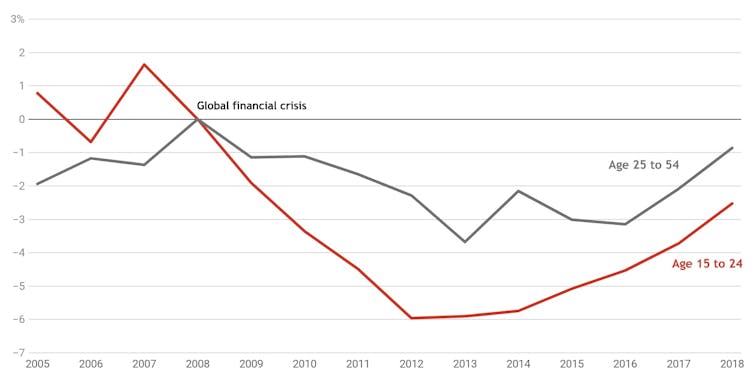
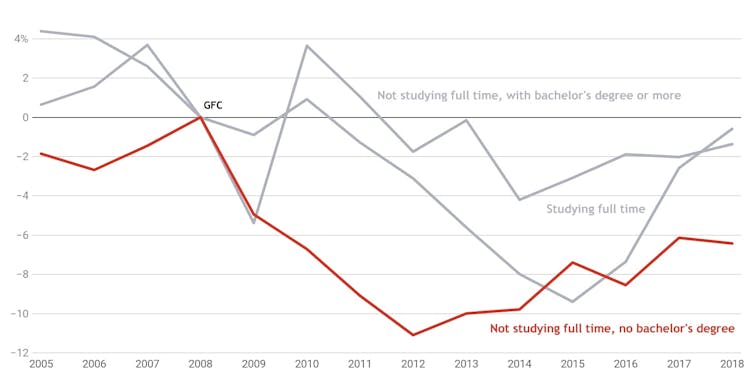
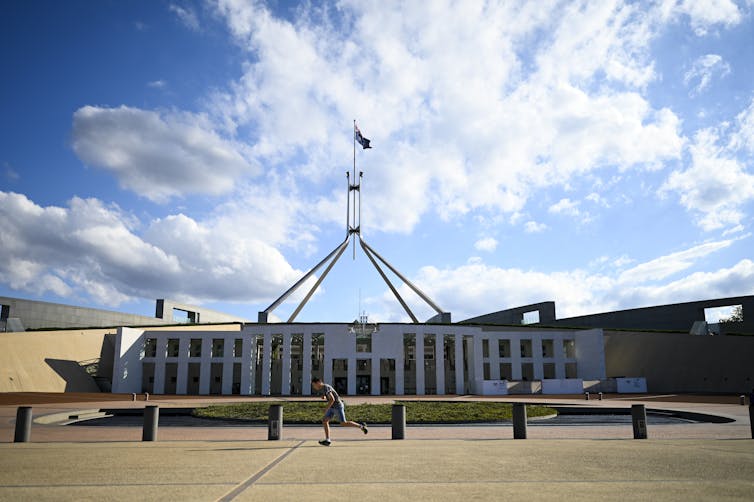
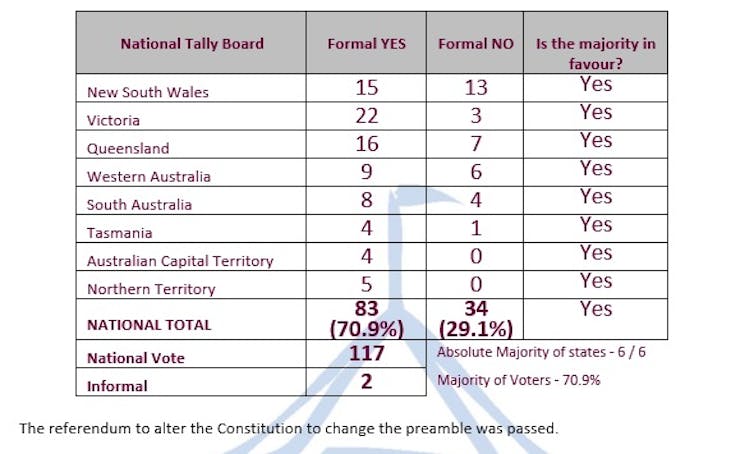
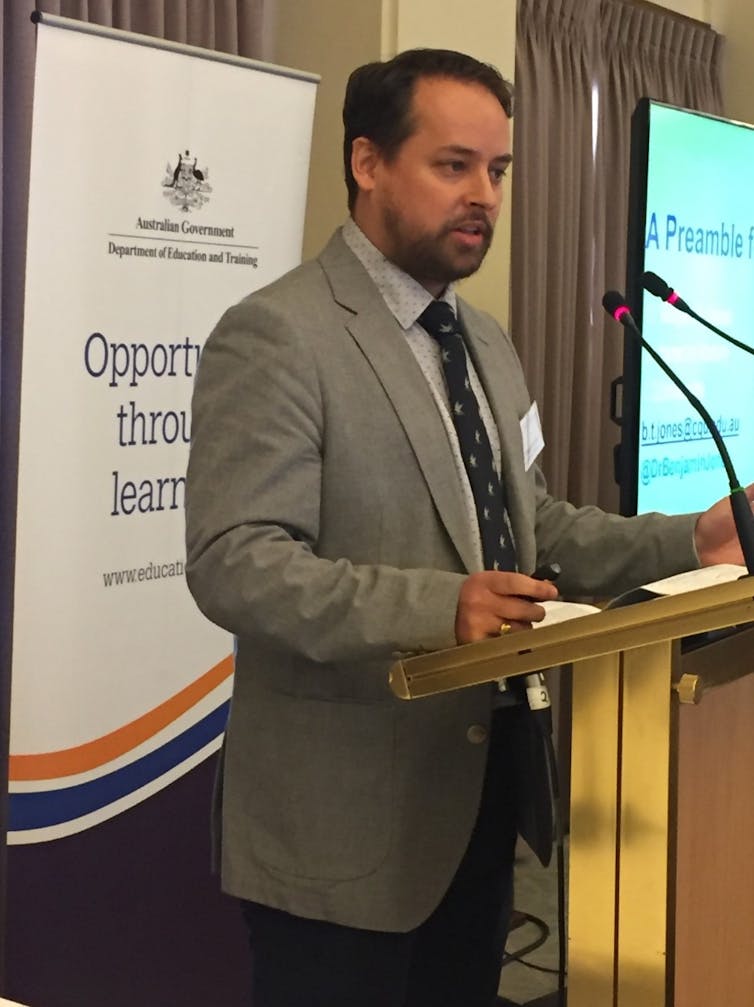



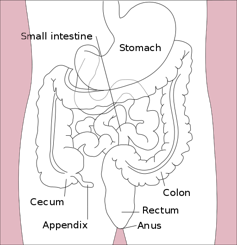

You must be logged in to post a comment.